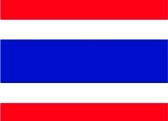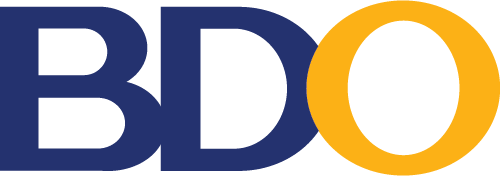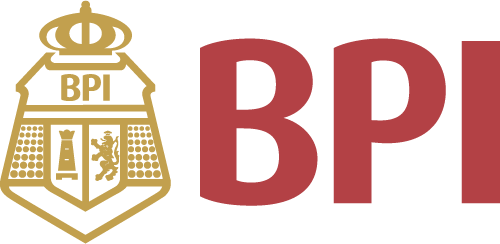All Categories


Terminator, 75 OHM, F Port Screw-ON, NOT DC Blocking, 5-2300MHZ - 4 Pack
Share Tweet
Get it between 2025-03-13 to 2025-03-20. Additional 3 business days for provincial shipping.
*Price and Stocks may change without prior notice
*Packaging of actual item may differ from photo shown
- Electrical items MAY be 110 volts.
- 7 Day Return Policy
- All products are genuine and original
- Cash On Delivery/Cash Upon Pickup Available

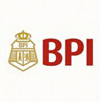




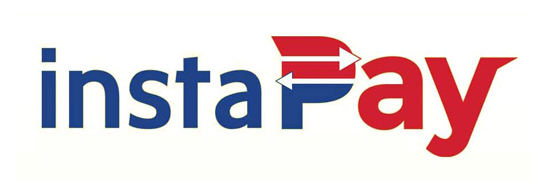
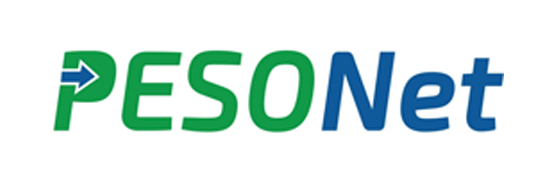
Terminator, 75 OHM, F Port Screw-ON, NOT DC Features
-
PROVIDES RETURN LOSS (VSWR) GREATER THAN 25DB ACROSS ITS OPERTATIONAL BANDWIDTH
-
TECHNICALLY COMPLIANT TO SCTE SPECIFICATION AS REQUIRED BY ALL MAJOR CABLE TV PROVIDERS
-
DESIGNED FOR INSTALLATION ON F-PORTED 75 OHM, FEMALE CONFIGURED STYLE CONNECTORS
-
DEVICE IS NICKEL PLATED FOR ENVIROMENTAL SURVIVABILITY, THE CENTER CONDUCTOR HAS AN OD of .027" THAT RESISTS BENDING WHEN INSTALLED
-
PACK OF 4, F PORT SCREW-ON 75 OHM TERMINATIONS, PLEASE NOTE; BEST INSTALLED INDOORS IF INSTALLED WITHOUT WEATHER BOOT
About Terminator, 75 OHM, F Port Screw-ON, NOT DC
PASSIVE (no powering required to operate) RF signal splitting devices often requires the installation of a SCREW-ON 75 OHM TERMINATOR on ANY F- PORT that will not have a impedence matching device, i.e: coaxial cable. attached.This termination prevent an RF signal from being reflected back from device'F- PORT, causing interference, power & signal losses. The terminator is usually screwed on to the open F-PORT while the terminators center conductor is placed into the center conductor area of the F-PORT's female connector. These F-PORT SCREW-ON Terminators are designed to match the AC impedance of the cable and hence minimize signal reflections, Signal and power losses. Radio frequency signals tend to reflect from discontinuities in the cable such as connectors and couplers, and travel back down the cable toward the source causing interference as primary reflections. Secondary reflections can also occur, allowing interference to persist in introducing errors in data streams, i.e; cable modem signals or QAM based digital video transmissions. These reflections also act as bottlenecks, preventing the signal power from reaching the destination.



